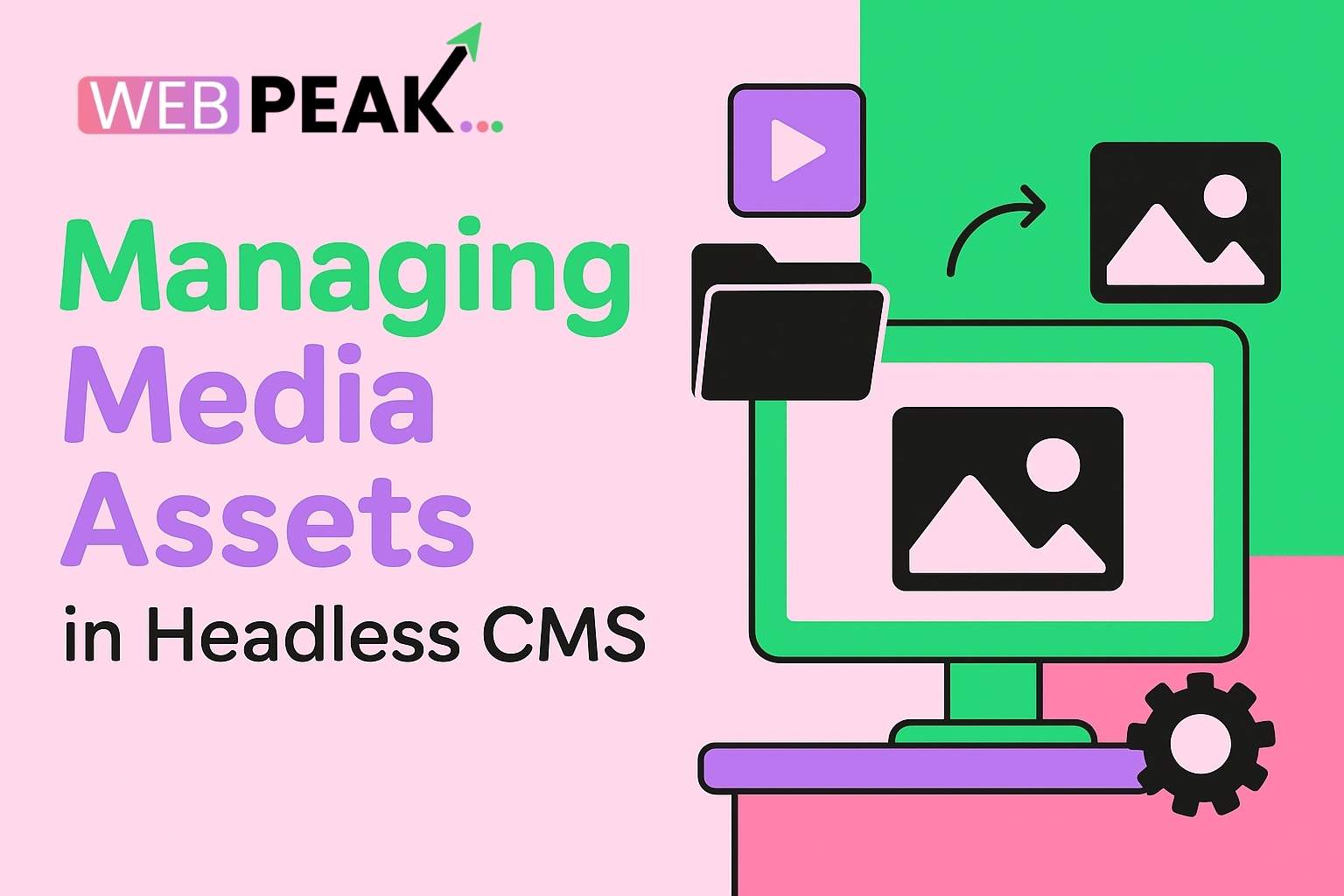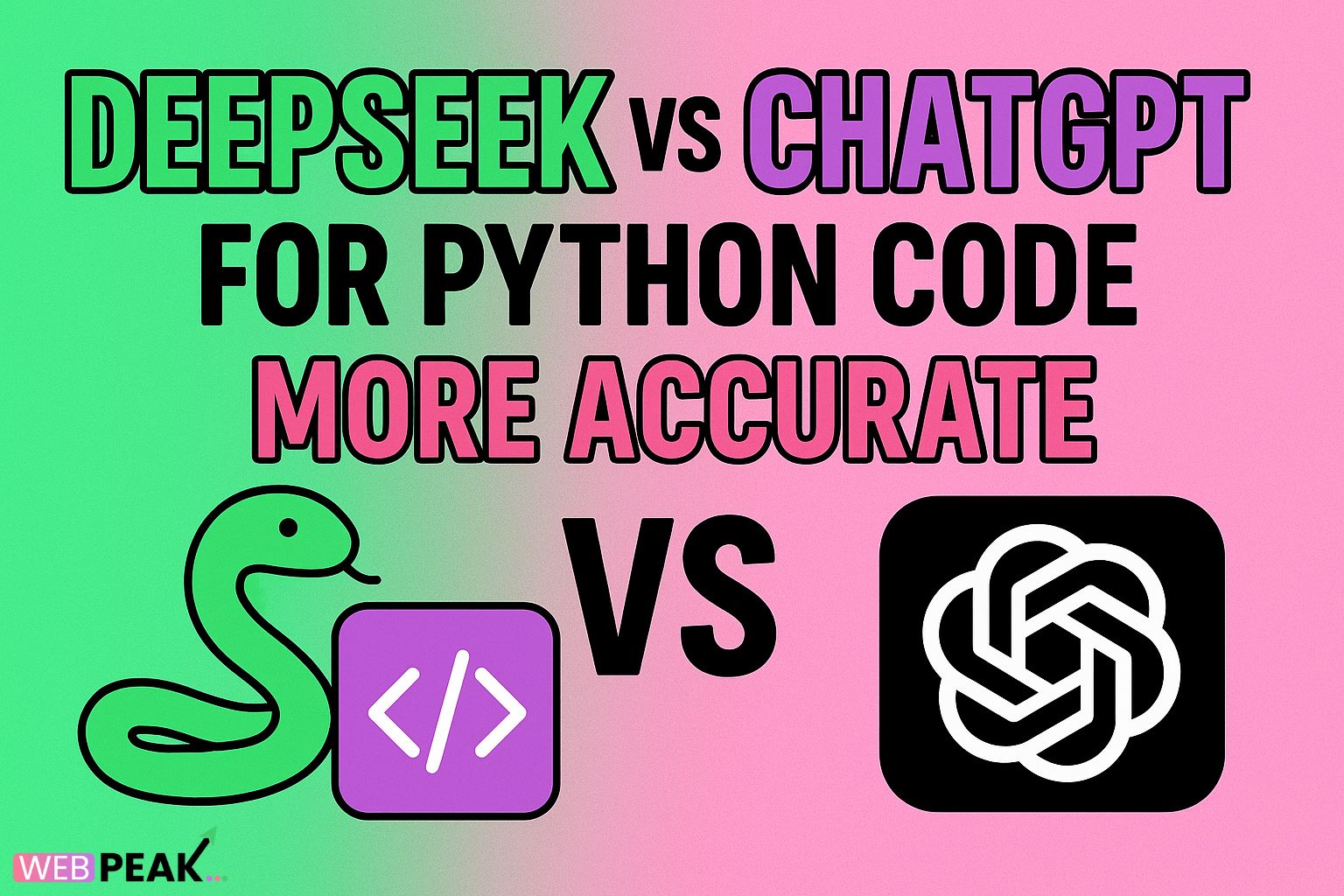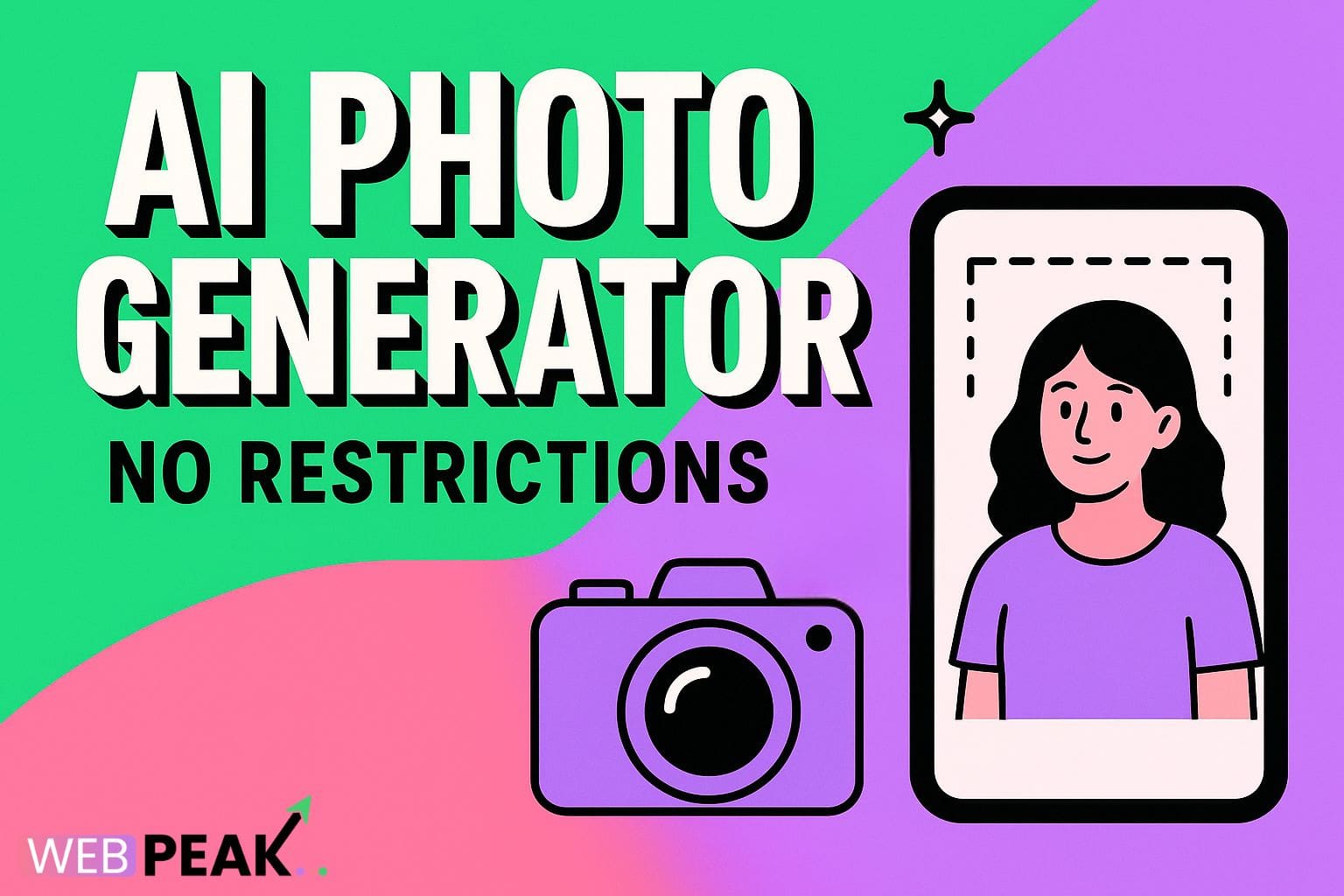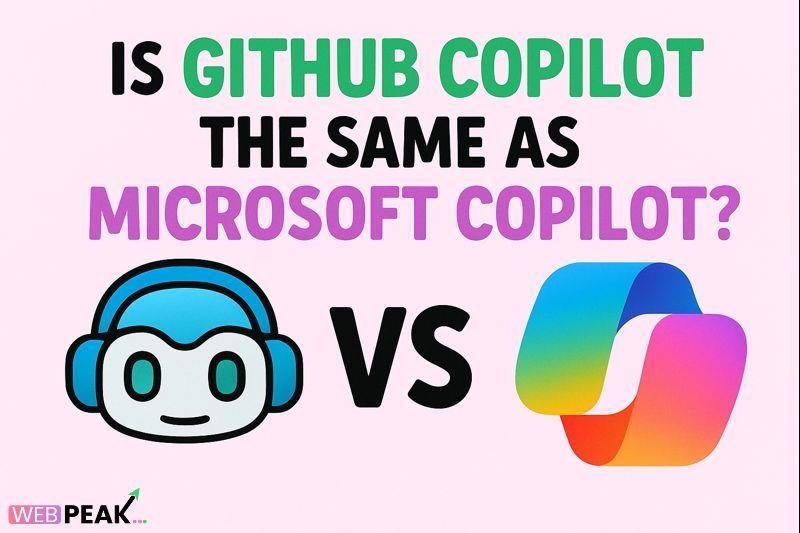Managing Media Assets in Headless CMS: A Complete Guide
Managing media assets in a headless CMS is one of the most critical components of building and maintaining a scalable, flexible, and efficient digital ecosystem. As organizations transition from traditional monolithic CMS platforms to headless architectures, properly managing images, videos, documents, and other digital assets becomes essential for optimizing performance, SEO, and workflow efficiency. In this guide, we’ll explore how to manage media assets effectively within a headless CMS, covering best practices, optimization strategies, and tools to help you maintain seamless content delivery across multiple channels.
What Is a Headless CMS?
A headless CMS (Content Management System) is a backend-only content management solution that allows developers and marketers to create, store, and deliver content via APIs rather than tying it to a specific front-end presentation layer. Unlike traditional CMS platforms that combine the backend (content management) and frontend (presentation), a headless CMS separates the two, giving developers the freedom to use any frontend technology while providing content to various devices such as websites, mobile apps, smart TVs, and IoT devices.
This architecture enables flexibility, scalability, and improved performance — but it also introduces new challenges for managing media assets efficiently across diverse channels.
Why Media Asset Management Matters in a Headless CMS
In any digital experience, media assets like images, videos, and documents play a vital role in user engagement. Poorly managed assets can lead to:
- Slow loading times and poor performance
- Inconsistent branding and content duplication
- Difficulty tracking and updating assets across multiple channels
- Reduced SEO performance due to missing metadata or incorrect file formats
By implementing a robust media asset management strategy in your headless CMS, you can ensure consistency, optimize performance, and simplify workflows across your entire content ecosystem.
How Headless CMSs Handle Media Assets
In most headless CMS platforms, media assets are treated as separate entities rather than being embedded directly into pages. They are stored in a media library or integrated with external Digital Asset Management (DAM) systems. These assets are then delivered through APIs or CDN (Content Delivery Networks) to ensure high performance and fast global access.
Popular headless CMS platforms like Contentful, Strapi, Sanity, and Prismic allow for direct media uploads, version control, metadata tagging, and integration with external storage providers like AWS S3, Cloudinary, or Google Cloud Storage. This flexibility helps teams maintain organized and optimized asset libraries across multiple environments.
Best Practices for Managing Media Assets in a Headless CMS
1. Use a Centralized Digital Asset Management (DAM) System
Integrating a DAM with your headless CMS ensures a single source of truth for all digital assets. It enables easy access, reuse, and distribution of files across multiple channels and teams. A DAM also supports metadata tagging, permissions management, and workflow automation.
2. Optimize Media Files Before Upload
Always optimize images and videos before uploading them to your CMS. Compress large files, convert to modern formats like WebP, and use responsive image sizes. Optimized media not only improves page load times but also enhances SEO performance.
3. Implement a Clear Folder and Naming Structure
Establish a consistent folder structure and naming convention for your assets. Use descriptive file names and tags that include relevant keywords (e.g., “headless-cms-media-management-guide.webp”) to help search engines understand your content.
4. Leverage CDN (Content Delivery Networks)
Delivering media through a CDN ensures fast, reliable, and scalable asset delivery. Most modern headless CMS platforms offer built-in CDN integrations to improve load times and reduce bandwidth usage.
5. Use Metadata and Alt Text Effectively
Include detailed metadata for all assets. Add descriptive titles, alt text, and captions that align with your SEO strategy. Metadata not only improves accessibility but also boosts your ranking on search engines.
6. Manage Asset Versions and Updates
Version control helps track asset changes and maintain consistency across environments. When updating an asset, ensure that references across all channels are automatically updated to prevent broken links or outdated visuals.
7. Automate Asset Delivery and Transformations
Many headless CMS and DAM systems allow automated transformations—resizing, cropping, or converting images dynamically via API requests. This reduces manual workload and ensures that assets are always served in the correct format and resolution for each device.
8. Ensure Security and Access Control
Establish clear user permissions for media access and modifications. Protect sensitive files with secure URLs or authentication layers. Security is especially important when working with large teams or multiple environments.
9. Use Versioned APIs for Asset Delivery
Using versioned APIs ensures that future CMS updates don’t break existing media integrations. It also improves long-term maintainability and reduces deployment risks.
10. Regularly Audit and Clean Up Media Assets
Over time, media libraries can accumulate redundant or outdated assets. Schedule periodic audits to remove duplicates and unused files, freeing up storage and ensuring efficient delivery.
SEO Checklist for Managing Media Assets in Headless CMS
- Use descriptive filenames: Include relevant keywords and avoid generic terms like “image1.jpg.”
- Add alt attributes: Ensure every image includes descriptive alt text for accessibility and SEO.
- Compress and optimize: Reduce file sizes without compromising quality using tools like TinyPNG or Squoosh.
- Use next-gen formats: Prefer modern formats like WebP or AVIF for faster load times.
- Leverage responsive images: Use multiple image sizes for different devices via API-based transformations.
- Enable lazy loading: Delay loading of off-screen images to improve page performance.
- Organize by topic or project: Keep a logical folder hierarchy for easier management and indexing.
- Use CDN for delivery: Ensure fast and consistent media loading across all regions.
- Implement structured data: Add schema markup for images and videos to improve search visibility.
- Monitor and audit regularly: Track broken links and outdated media references using automated tools.
Integrating Media Asset Management Tools with Headless CMS
Many organizations use third-party integrations to enhance their headless CMS media workflows. Below are some popular options:
- Cloudinary: Offers advanced image optimization, transformations, and delivery capabilities via API.
- Bynder: A powerful DAM platform that integrates seamlessly with headless CMS solutions.
- Imgix: Provides real-time image processing and responsive image generation.
- AWS S3 + CloudFront: A robust, scalable solution for hosting and delivering media assets globally.
Integrating one of these solutions ensures better control over media performance and consistent delivery across all your digital channels.
Headless CMS Media Asset Workflow Example
- Upload assets to a DAM or CMS-integrated storage.
- Tag and categorize assets with relevant metadata and keywords.
- Automate resizing and optimization through APIs.
- Use CDN for fast global delivery.
- Monitor performance and periodically clean up unused files.
This workflow ensures efficiency, consistency, and scalability — essential for teams managing large volumes of multimedia content.
Benefits of Efficient Media Asset Management
- Improved website and app performance
- Enhanced SEO and accessibility
- Streamlined collaboration between teams
- Reduced storage and bandwidth costs
- Better brand consistency across all platforms
Future of Media Asset Management in Headless CMS
The future of media asset management in headless CMS solutions will increasingly rely on AI-driven automation. Features like automatic tagging, smart cropping, and adaptive media delivery will further simplify workflows and enhance personalization. As omnichannel content delivery becomes the norm, managing assets efficiently across multiple platforms will continue to be a cornerstone of digital success.
FAQ: Managing Media Assets in Headless CMS
1. What is the difference between a traditional CMS and a headless CMS?
A traditional CMS combines content management and presentation, while a headless CMS separates them. This allows content to be delivered via APIs to any frontend platform, offering more flexibility and scalability.
2. Can I store images directly in a headless CMS?
Yes, most headless CMS platforms allow direct media uploads. However, for scalability and performance, it’s often better to integrate a dedicated DAM or cloud storage service.
3. How does a CDN improve media delivery?
A CDN stores and delivers assets from servers closer to users, reducing latency and load times. It ensures faster and more reliable content delivery across different regions.
4. What is the best format for images in a headless CMS?
Modern formats like WebP or AVIF provide high-quality images with smaller file sizes, improving performance and SEO.
5. How can I improve SEO for media assets in a headless CMS?
Use descriptive filenames, alt text, and metadata. Compress assets, serve them through a CDN, and ensure they load responsively on all devices.
6. Should I use a DAM with my headless CMS?
Yes. Integrating a DAM provides centralized control, versioning, and metadata management, making asset handling more efficient across teams and channels.
7. How do I ensure consistent branding across all media assets?
Use predefined templates, brand guidelines, and approval workflows. A centralized DAM ensures that all teams access approved and up-to-date media.
Conclusion
Managing media assets in a headless CMS is crucial for maintaining performance, scalability, and brand consistency across multiple platforms. By leveraging centralized DAM systems, optimizing media formats, and implementing a clear SEO strategy, organizations can ensure that their digital content remains fast, accessible, and visually appealing. The combination of automation, metadata management, and CDN delivery empowers teams to deliver high-quality content experiences at scale.
For expert assistance in implementing and optimizing your digital media strategy, consider working with WEBPEAK, a full-service digital marketing company that provides Web Development, Digital Marketing, and SEO services to help businesses achieve their online goals effectively.





